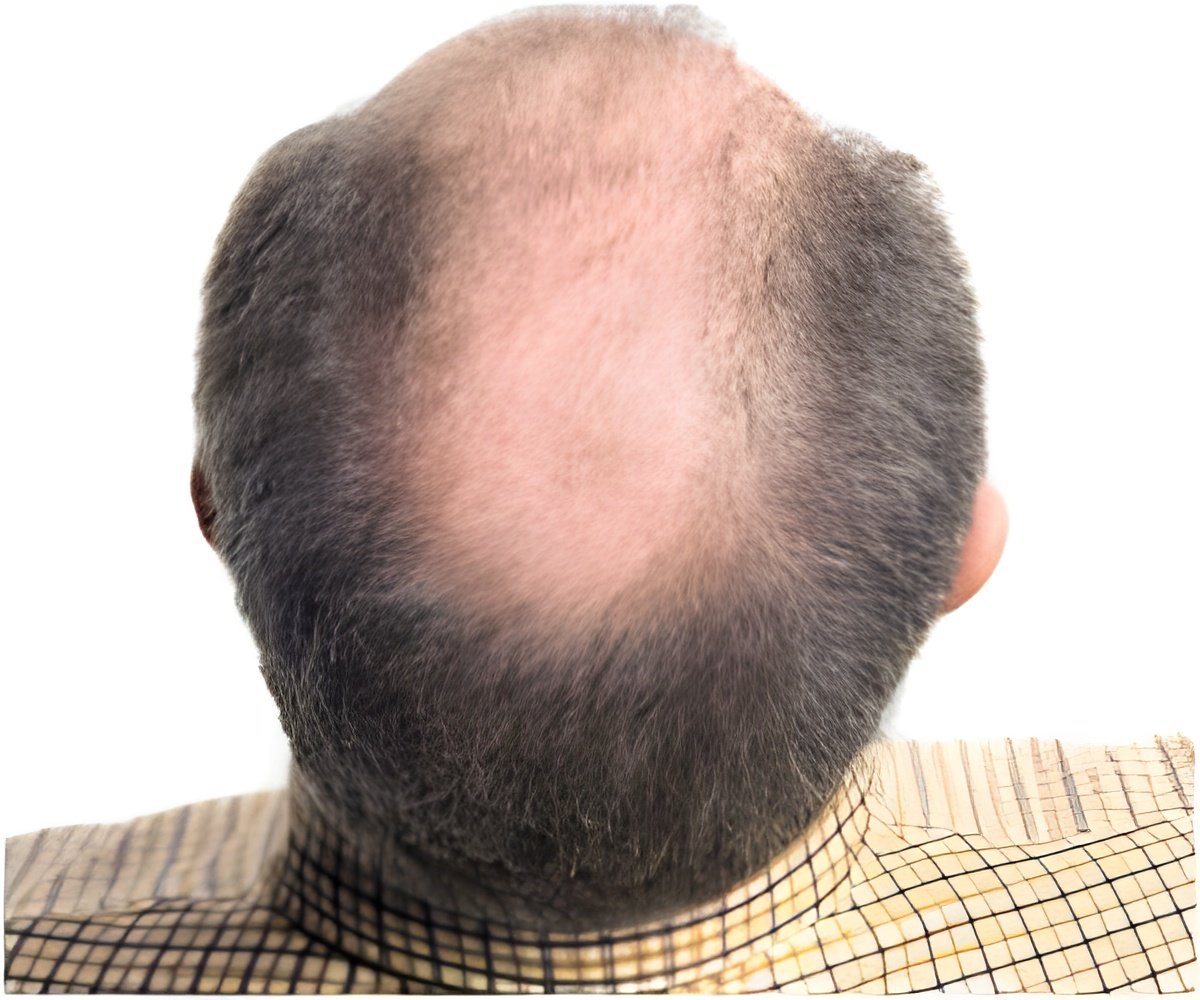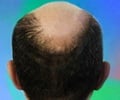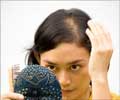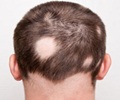A society committed to fighting hair loss has caught huge attention in Malaysia.

The 400-member club, including dermatologists, general practitioners and scientists, with an interest in the science of hair, organizes hair forums, once every two years, apart from regular public and professional educational events.
Society president Dr Steven K.W. Chow insists hair loss is one of the top 10 complaints presented to dermatologists.
"Our Asian Hair Forum has become an international dermatology meeting," New Straits Times Online quoted him, as saying.
He added: "Hair loss needs a medical approach as there are many possible medical causes. The commonest is pattern baldness in both men and women.
"There are many reasons why men and women face hair loss and these include genetic conditions, hormonal problems, stressful events, surgery, post-traumatic stress brought on by viral fevers, dengue and typhoid.
Advertisement
"People with hair loss disorders suffer from low self-esteem and depression. We see people barely out of their teens coming in for treatment. Some have major psychological problems.
Advertisement
What many people are not aware of, however, is that there are medical remedies to arrest the problem.
Chow claims going to a dermatologist is a better option than to beauty salon.
He said: "This is why it is important to seek out dermatologists when one has hair problems. The scalp is, after all, part and parcel of our skin.
"Instead of going to see doctors or dermatologists, they go to salons and beauty centres, spending thousands of ringgit for treatments that are not at all effective.
"With doctors and dermatologists, patients only need to spend a fraction of what they spend at salons and centres.
"Some patients have forked out RM30,000 to RM40,000 for a series of alternative treatments when they only have to pay 10 per cent of that at clinics."
Chow says mostly men approach the society with the problem of hair loss.
He said: "Some are in their 20s but already have male pattern baldness. Women seem to prefer salons and hair centres."
However, he added that men generally stop worrying about their tresses once they reach their 40s.
He said: "This is when family and children become their top priority. Women, however, continue fussing and seeking treatments well into their 50s and 60s."
Male/female pattern baldness occurs in 30 per cent of men by the age of 30, 50 per cent of men by the age of 50, and 50 per cent of women by the age of 60.
Chow concluded: "Female hair loss is very traumatic for women. Hormonal imbalance is one of the key factors that leads to the thinning of hair among women. Hair loss in women is common between the ages of 25 and 35.
"Let the doctors or dermatologists identify the cause of hair loss, and prescribe suitable treatments. This can be through oral medication, topical treatment or even a hair transplant.
"For hair transplants, we transfer hair follicles from an area where hair is abundant to an area where there is hair loss. It costs between RM10,000 and RM20,000. With a hair transplant, hair will start growing on the bald patch.
"Hair loss disorders have been around for a long time. The only difference now is that there is effective medical treatment for the problem."
Source-ANI
SRM














